Sustainability Transformations
Hover over the images below to see how we’ve created and transformed golf holes to be more sustainable in terms of water conservation, less turf footprint and more naturalized habitat area.
50 Oaks Short Course — Shingle Springs, California
Proposed design to leave native oaks and habitat while creating a small footprint, short course that allows play among a diverse range of golfer abilities.
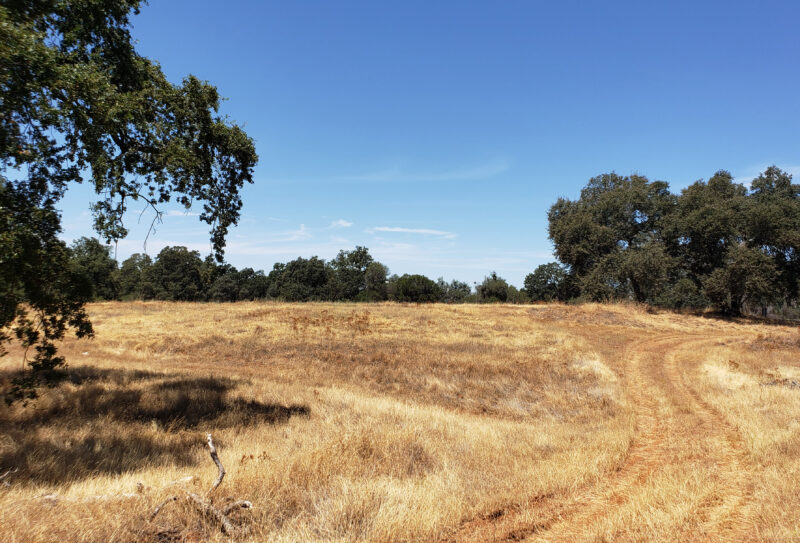
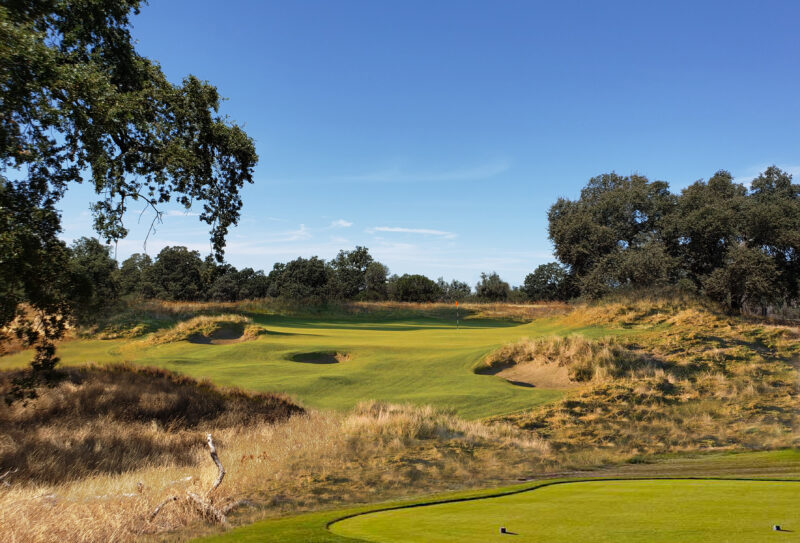
Before/After
Shawnee Country Club — Oklahoma
Turf reduction to attain a 50% reduction in water and formal turf management at a private country club
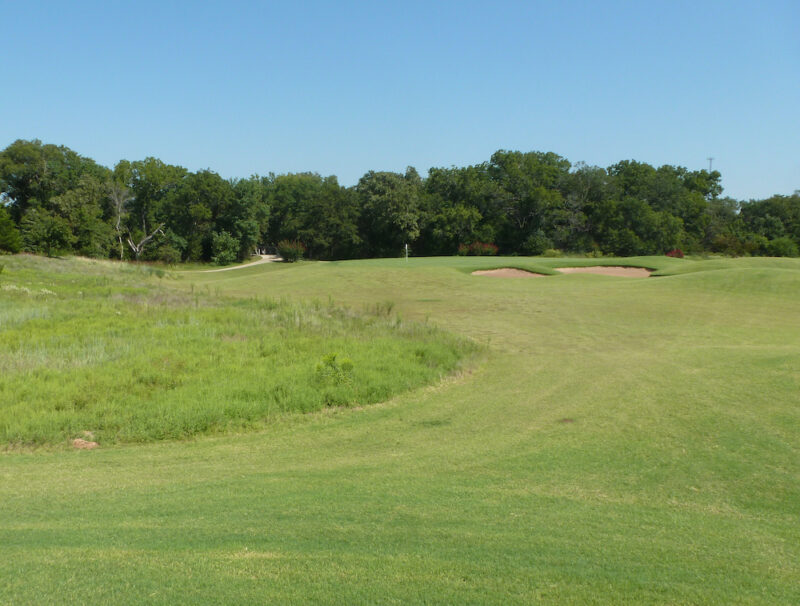
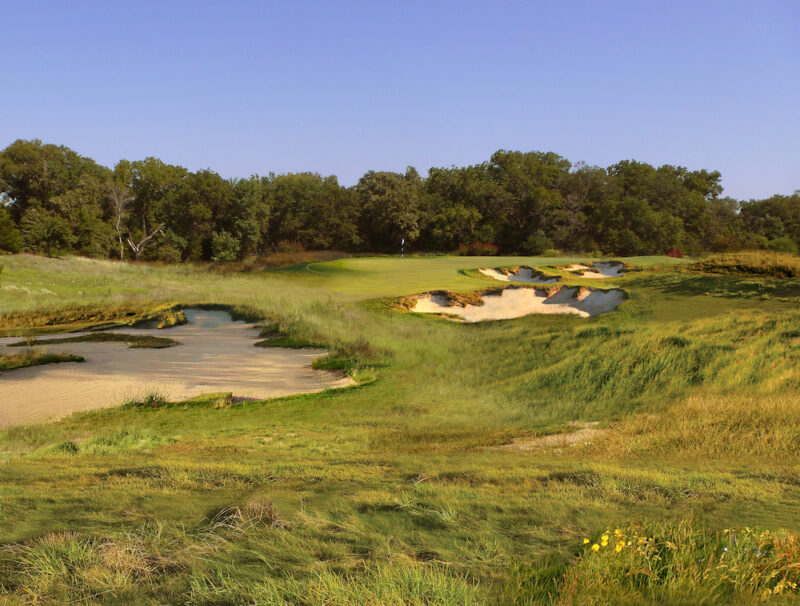
Before/After
Los Alamos Golf Course — New Mexico
Creative use of a utility easement and excess maintenance yard area to expand an 18-hole course with a minimal footprint. By using a par-3 to expand, integration of the golf course is achieved with minimal impact.
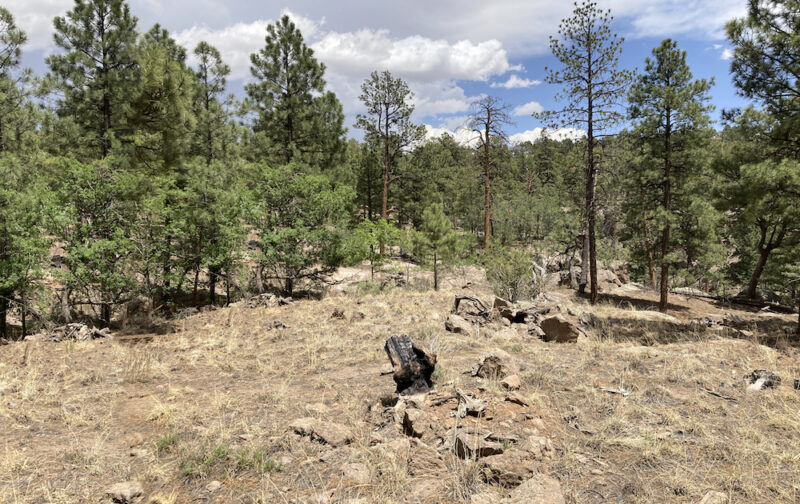
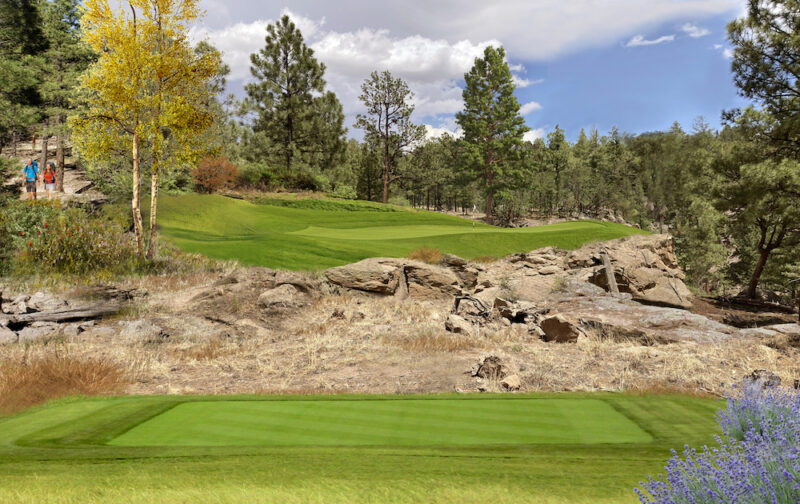
Before/After
Anchorage Golf Club
Turf reduction and habitat expansion.
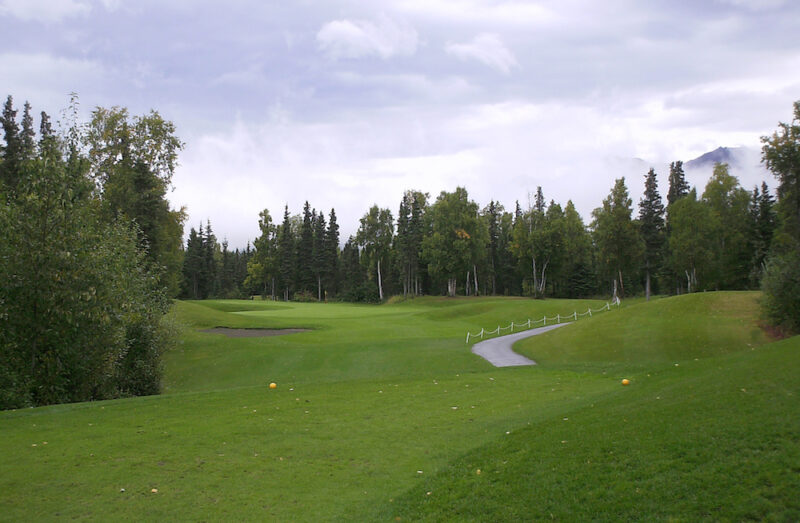
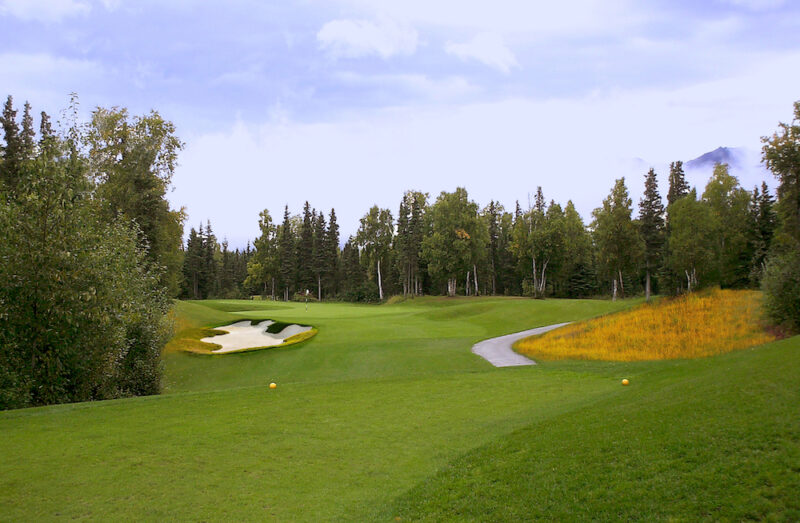
Before/After
Druids Glen Golf Club — Seattle, Washington
Labor reduction project to convert labor-intensive bunkers to a naturalized design. The use of heather (Calluna vulgaris) was selected to stabilize soils and create a colorful edge, yet one that does not require water or frequent edging. More than 2,000 labor hours are eliminated, plus annual equipment and maintenance costs.
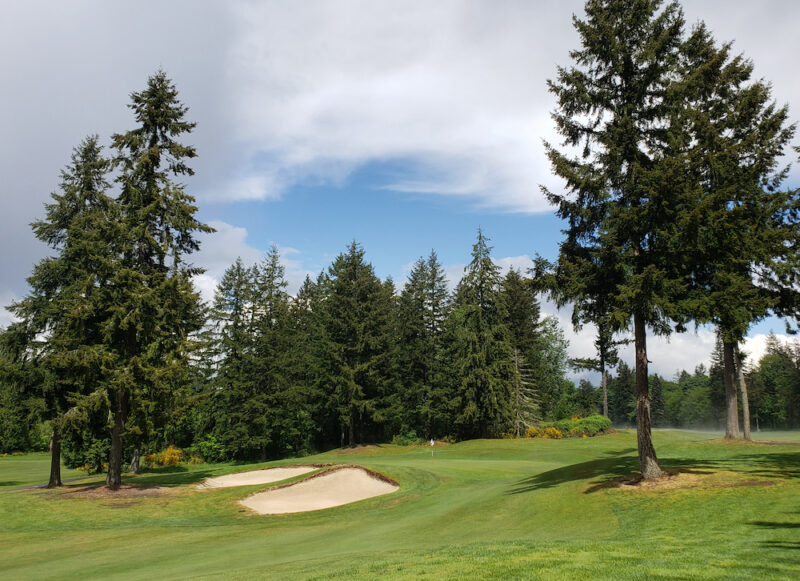
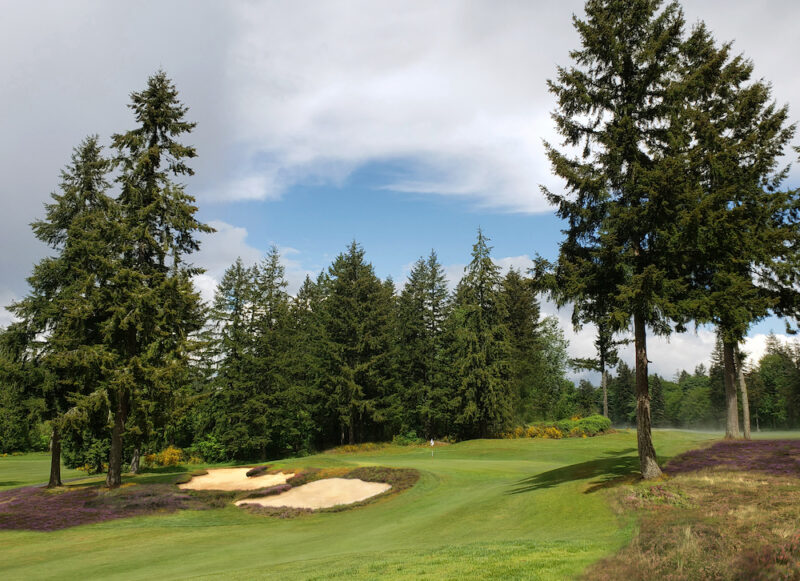
Before/After
Blackhawk Golf Club
Proposed transformation of an 18-hole, full-length course into a short, alternative formal golf experience. The resulting overall acreage would reduce water consumption by 75% and would create new open space for non-golfers, with trails, neighborhood parks and common spaces. Through elimination of mostly longer — par-4 and 5 holes — the ability to re-establish habitat with natural creek beds and wetlands would be realized.
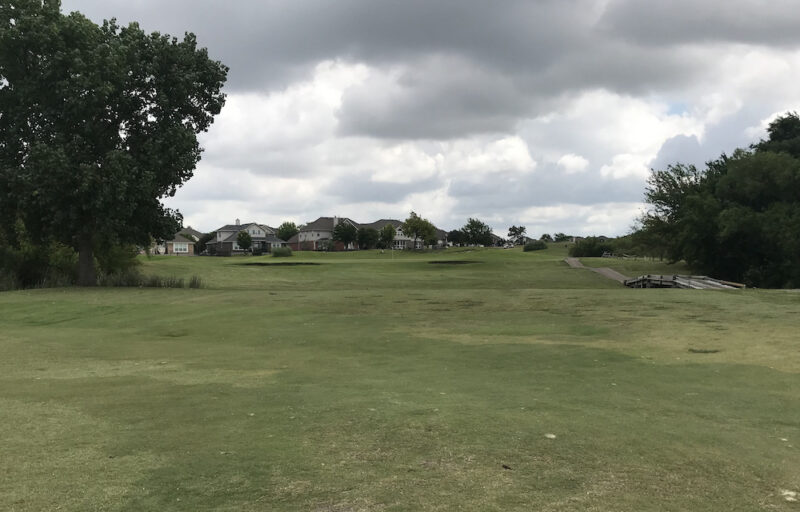
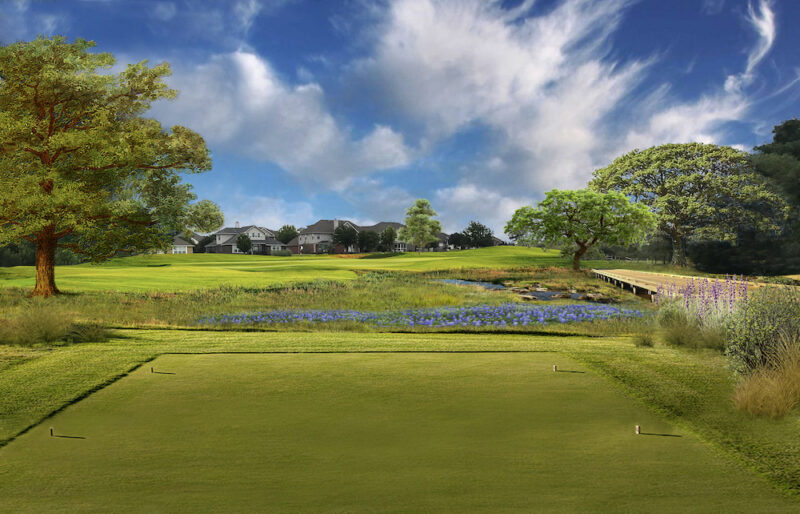
Before/After
Bonita Golf Club — San Diego, California
Conversion of managed turf to native grasses and re-establishing a natural creek. The sustainability mission is to return areas of an older golf facility to their original, pre-golf conditions.
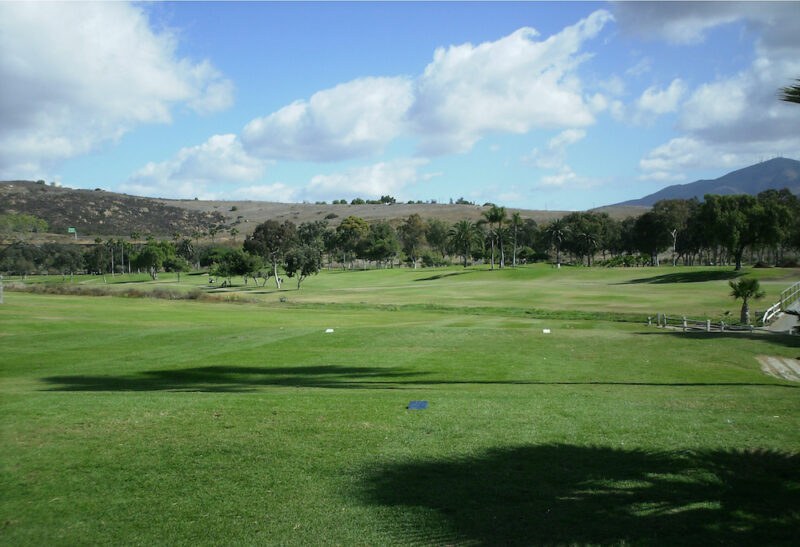
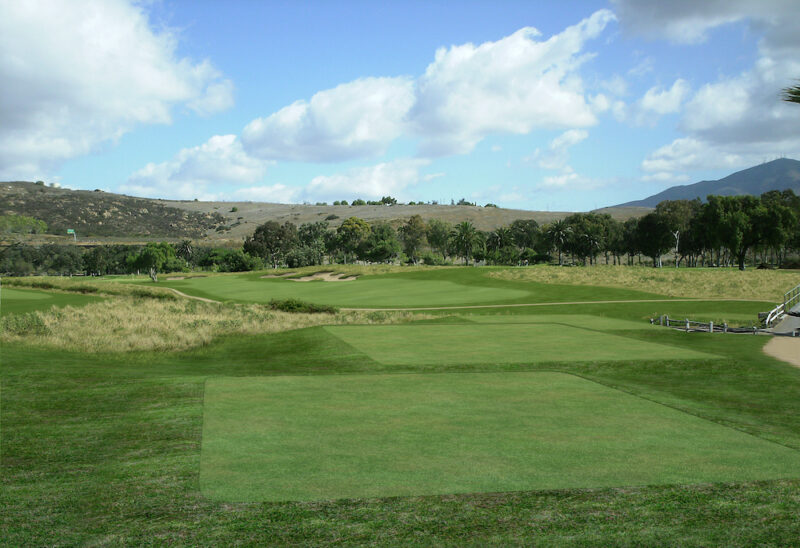
Before/After
Lake Tahoe Golf Course — California State Parks
Re-imagination of an older era public course that will allow restoration of the Upper Truckee River flowing into famous Lake Tahoe. Currently the Upper Truckee erodes and silt gets deposited into Lake Tahoe, compromising its water quality. By re-designing the golf course, the river can be widened and re-aligned, enabling silt retention measures to reverse the current condition. This example shows how turf will be reduced by 40% and natural streams and wetlands will be restored across the 150-acre site.
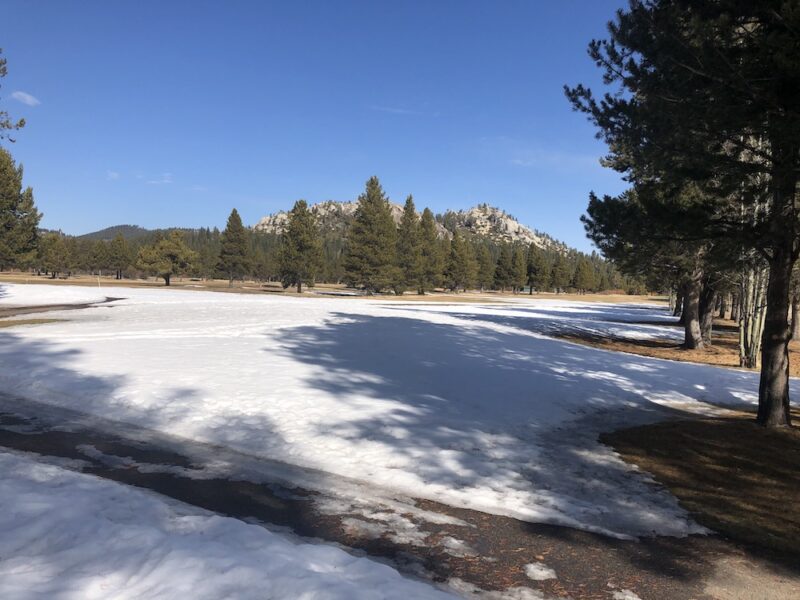
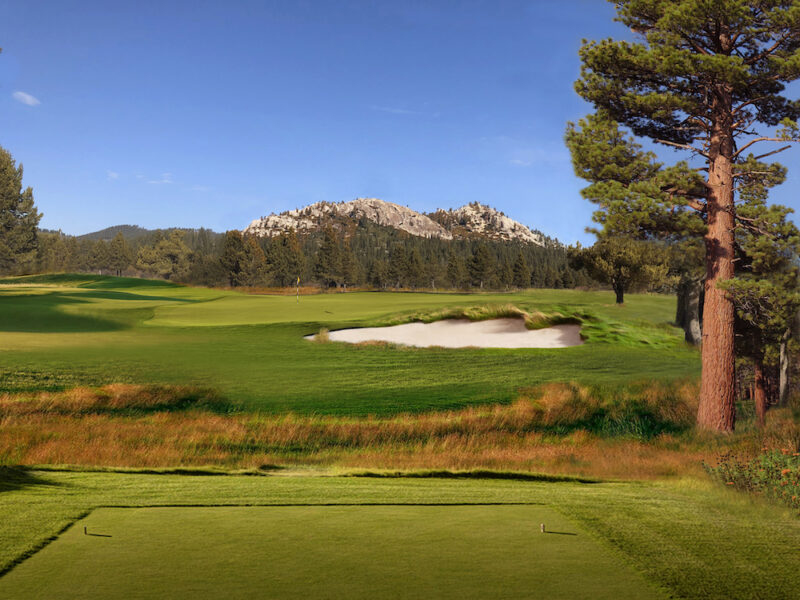
Before/After
